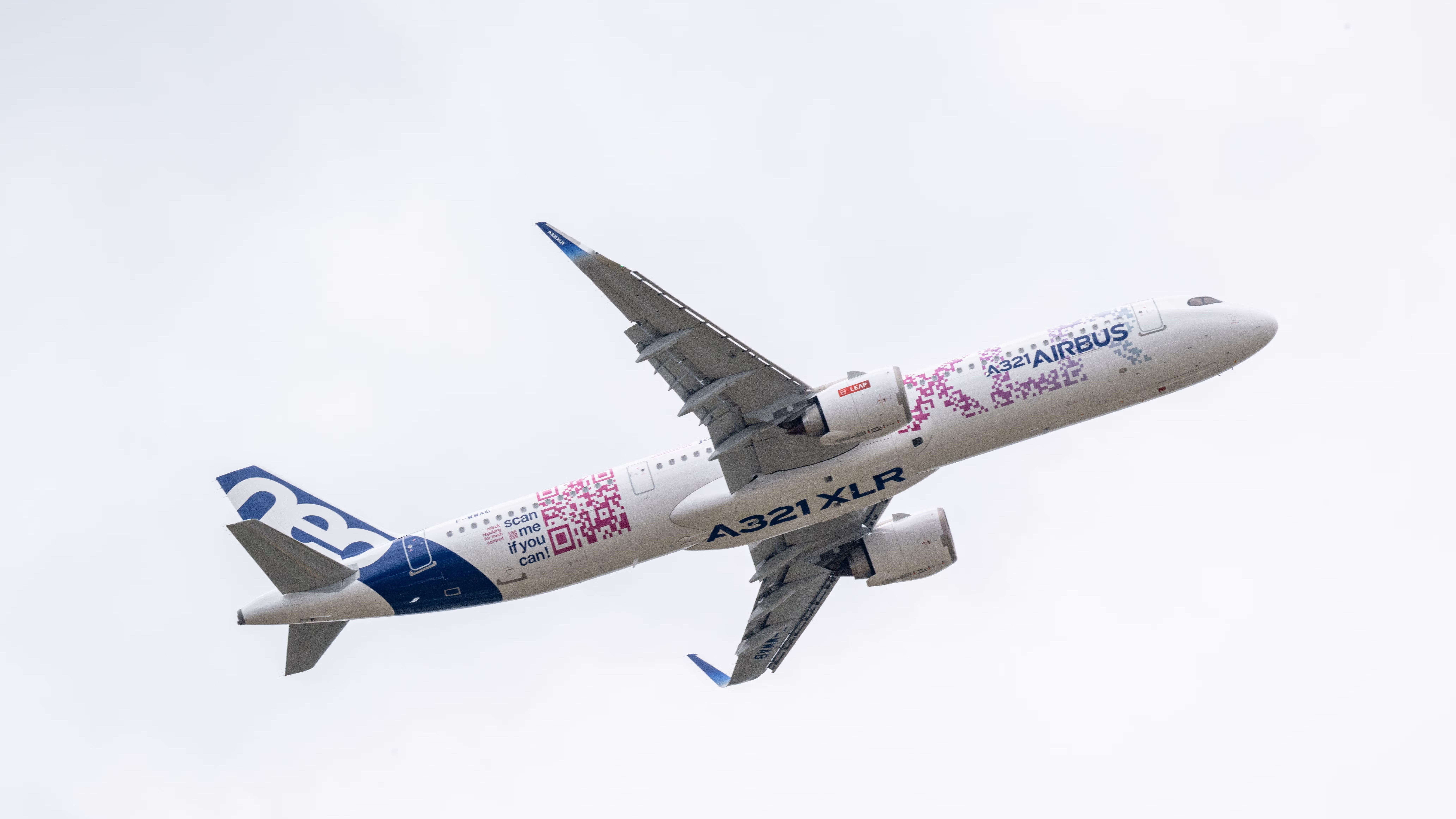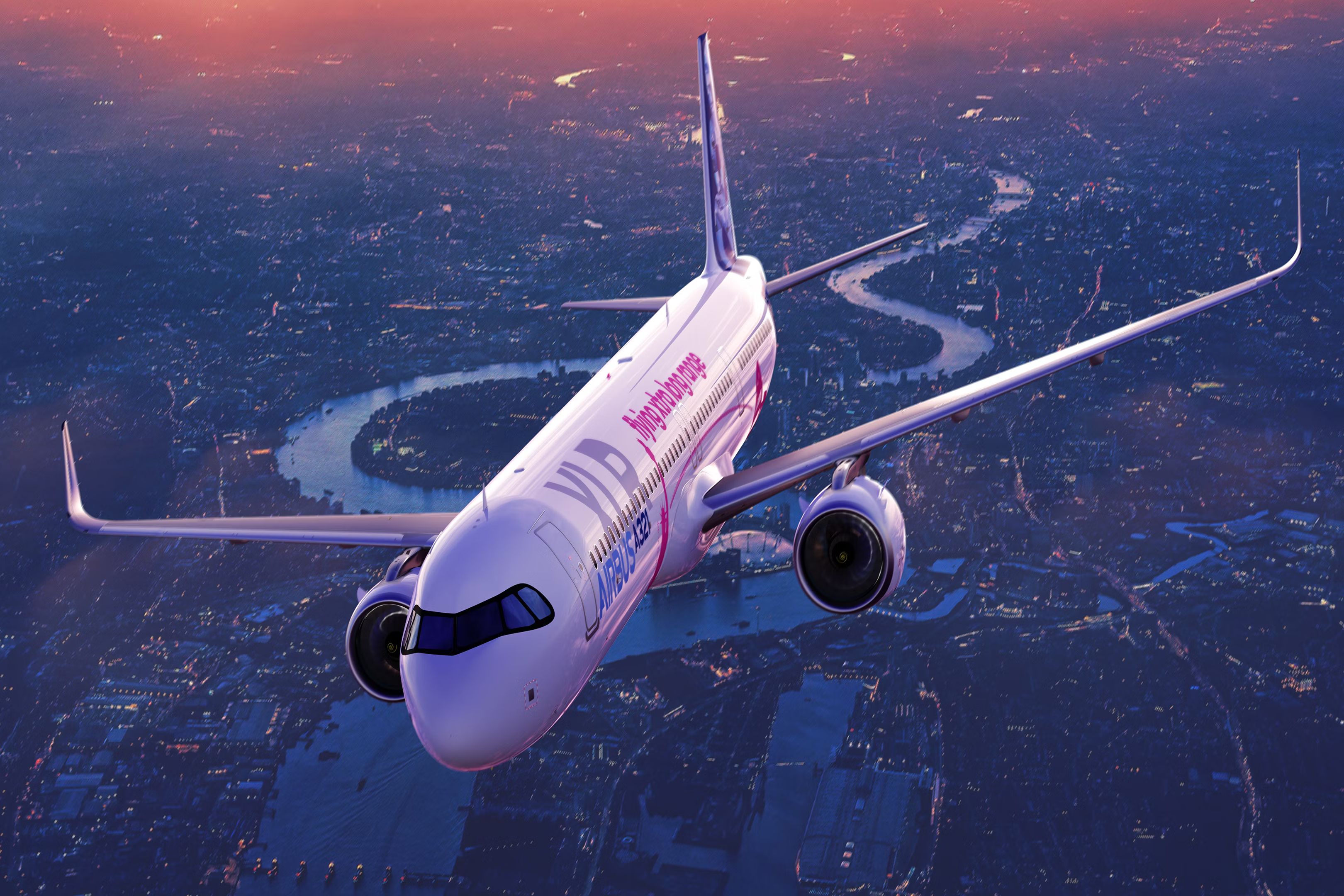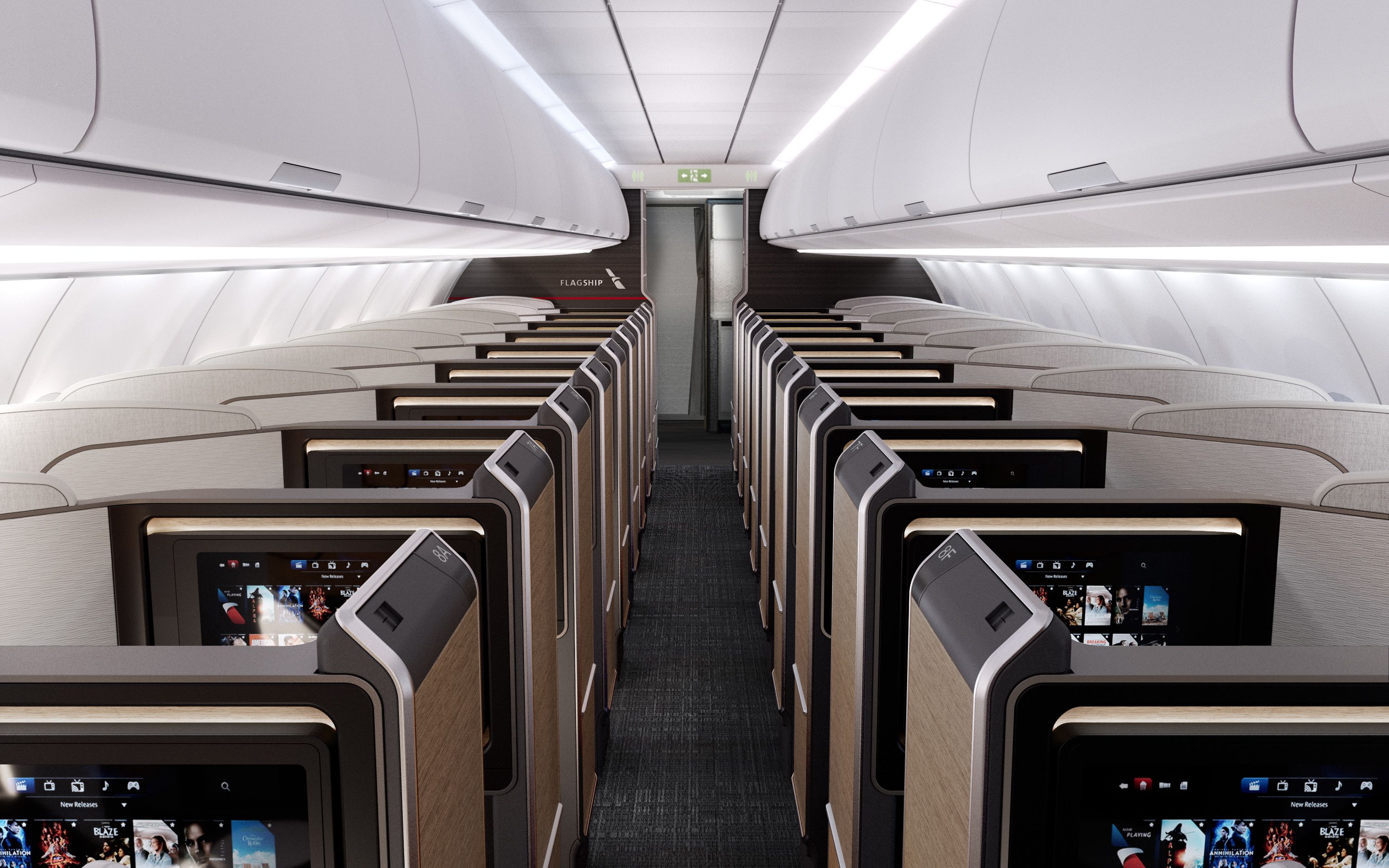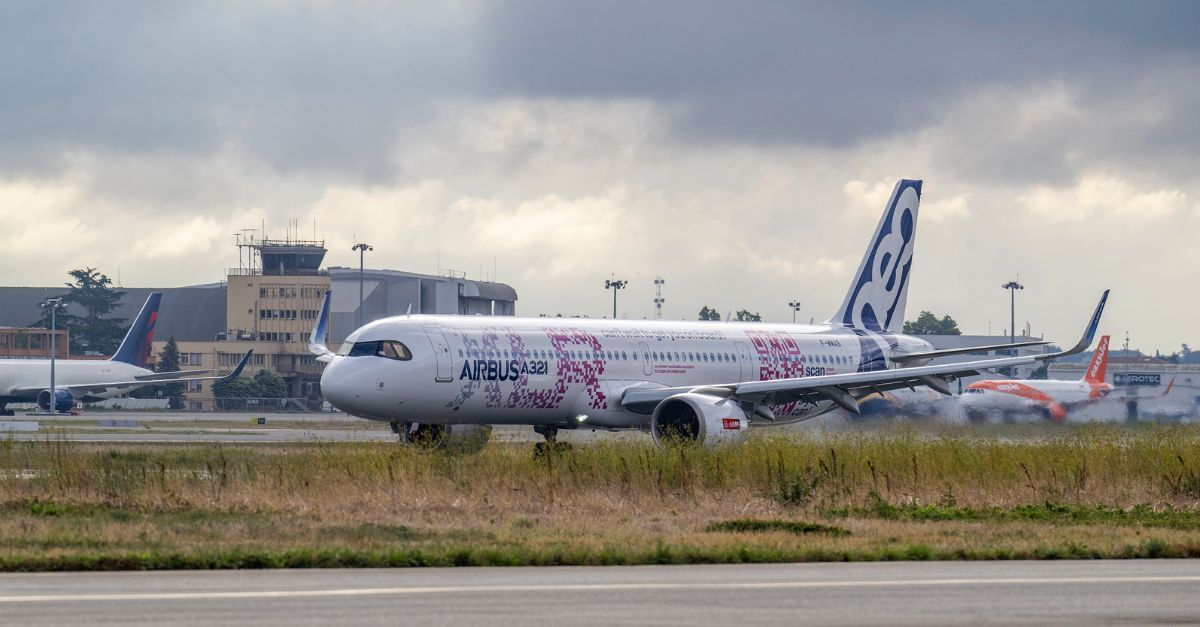Summary
- The Airbus A321XLR has received orders from 20 customers, with North American carriers dominating the list.
- The A321XLR offers better economics with its longer range and fewer seats, making it ideal for lean periods like the winter season.
- The A321XLR opens up new routes that were previously unfeasible, creating exciting opportunities.
The Airbus A321XLR is one of the most hotly anticipated aircraft in the industry, threatening to disrupt long-haul travel for good. Carriers across the globe, from IndiGo to United, have ordered the jet, with the narrowbody slated to enter service in 2024. Today, let's look at what routes this aircraft could open up for its 20 (and counting!) customers.
Who has ordered the A321XLR?
As the order book stands, Airbus has signed 20 customers for the A321XLR, who have ordered over 510 aircraft. North American carriers dominate the list, but the names include:
- IndiGo: Undisclosed (ch-aviation lists 70)
- American Airlines: 50
- United Airlines: 50
- Qantas: 36
- AirAsia: 30
- Air Canada: 30
- Air Arabia: 20
- Vietjet: 20
- Wizz Air: 20
- Frontier: 18
- Saudia: 15
- Icelandair: 13
- JetSMART: 12
- JetBlue: 11
- Cebu Pacific: 10
- flynas: 10
- SKY Airline: 10
- Iberia: eight
- Aer Lingus: six
- MEA Middle East Airlines: four
- CSA Czech Airlines: three
This list excludes lessors like GECAS that have placed orders for airline clients. But it is clear that the plane has found popularity among carriers spread out worldwide.
The plane offers better economics thanks to its longer range and fewer seats, critical for lean periods like the winter season. Trip costs will be lowered compared to widebodies, but this also pushes up the all-important seat-mile and cost-per-seat metrics, meaning higher fares will be needed to break even. However, this is unlikely to be an issue for airlines with plenty of demand.
Get the latest aviation news straight to your inbox: Sign up for our newsletters today.
What routes could it open up?
While the plane is primed to replace aging jets on several services, it also creates exciting opportunities for previously unfeasible services. Using data from Cirium, we pulled the highest passenger demand routes without a direct service, exactly the kind the A321XLR could open. Taking Miami, served by American (hub) and United alike, as the prime example, we see:
|
Miami to |
Miami round-trip P2P demand (2019) |
Wider US/Canada round-trip demand (2019) |
Potential pool of passengers |
|---|---|---|---|
|
Asuncion (ASU) |
55,000 |
101,000 |
156,000 |
|
Port Alegre (POA) |
47,000 |
127,000 |
174,000 |
|
Cordoba (COR) |
46,000 |
54,000 |
100,000 |
|
Curitiba (CWB) |
44,000 |
127,000 |
171,000 |
|
Belo Horizonte (CNF) |
41,000 |
152,000 |
193,000 |
From Dallas-Ft Worth, another American hub, Lima would be a great target, with over 22,000 passengers P2P in 2019. Similarly, from New York JFK, a market for both United and American, routes to Hamburg, Lyon, and Marseille could open up, which saw over 55,000 P2P passengers before the pandemic.
As a side note, if you think the drop to a narrowbody means that you'll lose access to exciting products like the Flagship Suites, American put that debate to rest when it unveiled its business and economy products for the A321XLR. With 1-1 pods, these are likely to be just as comfortable as a widebody, if not even more.
From Delhi, where IndiGo has big plans for the XLR, the aircraft could serve cities like Athens, Milan, Madrid (the biggest unserved market!), and several other cities. However, just because a route is unserved doesn't mean it will be once the A321XLR arrives, no matter the demand. As mentioned earlier, the higher trip cost means airlines must target higher fares or premium demand to ensure they break even.
How could the aircraft be used?
Where and how the A321XLR could be used depends hugely on the configuration that they're in and, as always, the airports from which they would operate. Also, the real-world range of the aircraft will be notably lower than what is proposed by Airbus, especially during winter. Airbus will likely cut the brochure range by 200 NM for safety changes, meaning the 4,700 nautical mile range will be closer to 4,500. Still, a rough range of up to around 4,000 nautical miles is likely.
Given this and the need for higher fares versus widebodies, the XLR is most likely to be used:
- On longer and thinner/niche routes where widebody capacity isn’t needed or possible (also benefiting from a lower trip cost)
- To boost performance on underperforming long-haul routes and less competitive routes
- Where there is stronger premium demand
- Where cargo is less important
- Where routes can be right-sized in the low season (fewer seats available, increasing seat load factor, better pricing)
- To adjust high-frequency services where a particular departure could be replaced by the A321XLR to help improve performance
Given this, expect to see the A321XLR replace some aging jets, like the 757, and allow for more markets to be reached. The possibilities are endless for legacy and budget carriers alike, which might finally find low-cost long-haul travel a sustainable market.
Are you excited about the Airbus A321XLR? Let us know in the comments!




